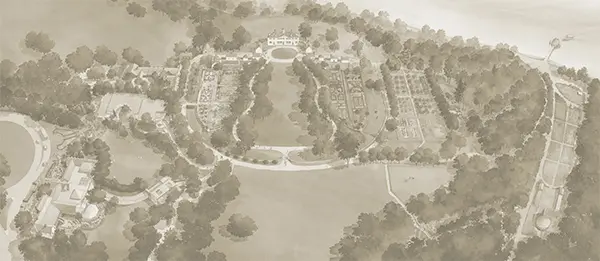This silver-leafed groundcover does best in well-drained soil, but tolerates adverse conditions. Its purple flowers are attractive to honeybees and bumblebees.
Latin Name
Stachys byzantina
Family
Lamiaceae
Also Known As
Woolly Hedgenettle
Type of Plant
Bloom Season
May - July
Seasons
Specifications
Uses
Sunlight Exposure
Tolerances
Colors
Native Range
Central Turkey, Iran, and the Caucasus
History
Plantsman John Bartram listed lamb's ears for sale in his catalog from 1771 to 1809.
Other Details
Planted at Mount Vernon


Hardiness Zones












Average annual extreme minimum temperature 1976-2005











Bartlett Tree Expert Company has been working with Mount Vernon Estate since 2011 providing expert arboricultural care and GPS mapping for the estate’s historic trees, as well as support from their research facility. Mount Vernon is proud to partner with Bartlett Tree Experts and appreciates their sponsorship of George Washington’s Mount Vernon Plant Finder App.
Bring Washington's Garden Home
Purchase our historic seeds, collected from plants grown at Mount Vernon and plant them in your own garden.
Shop Now

